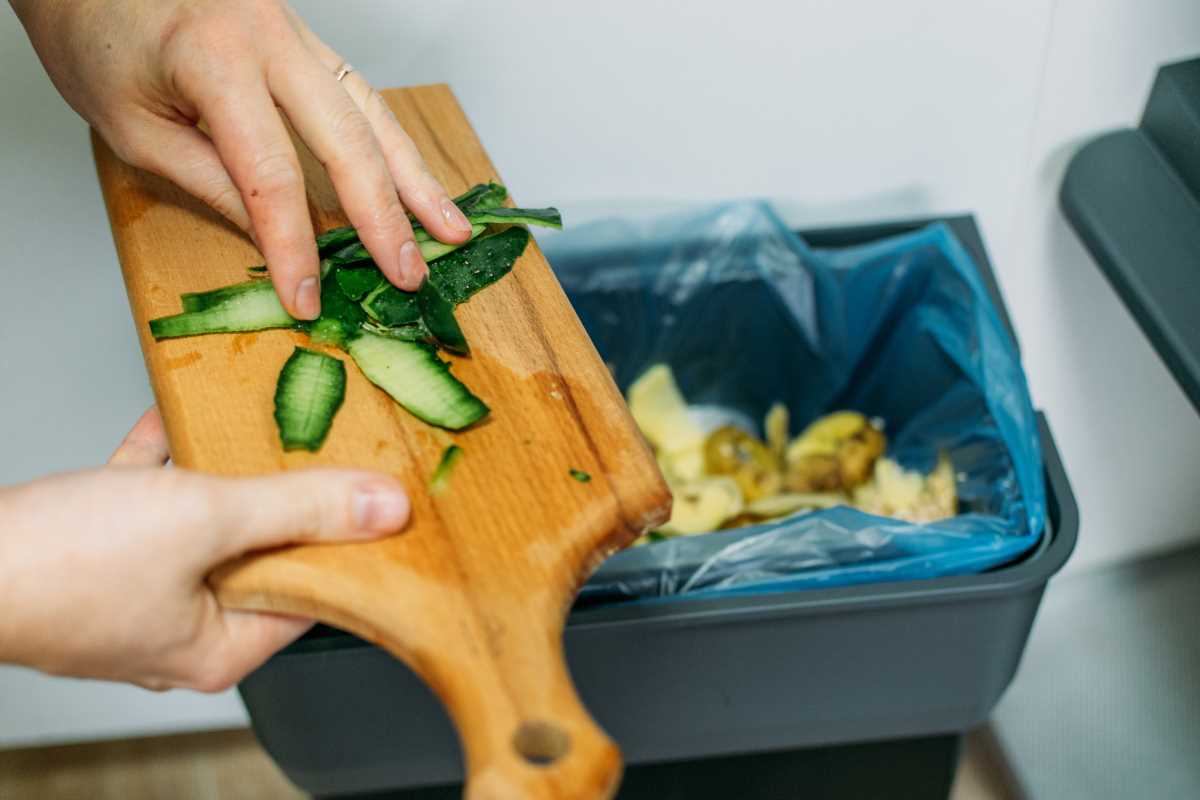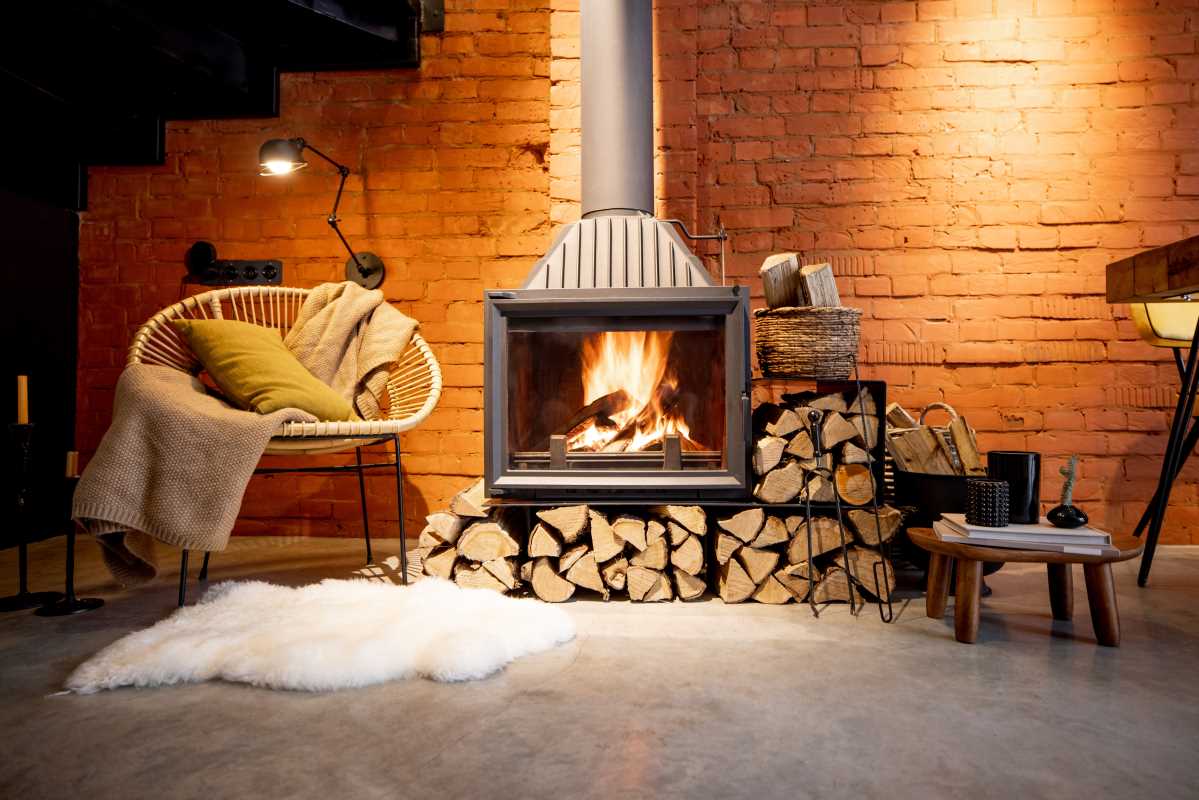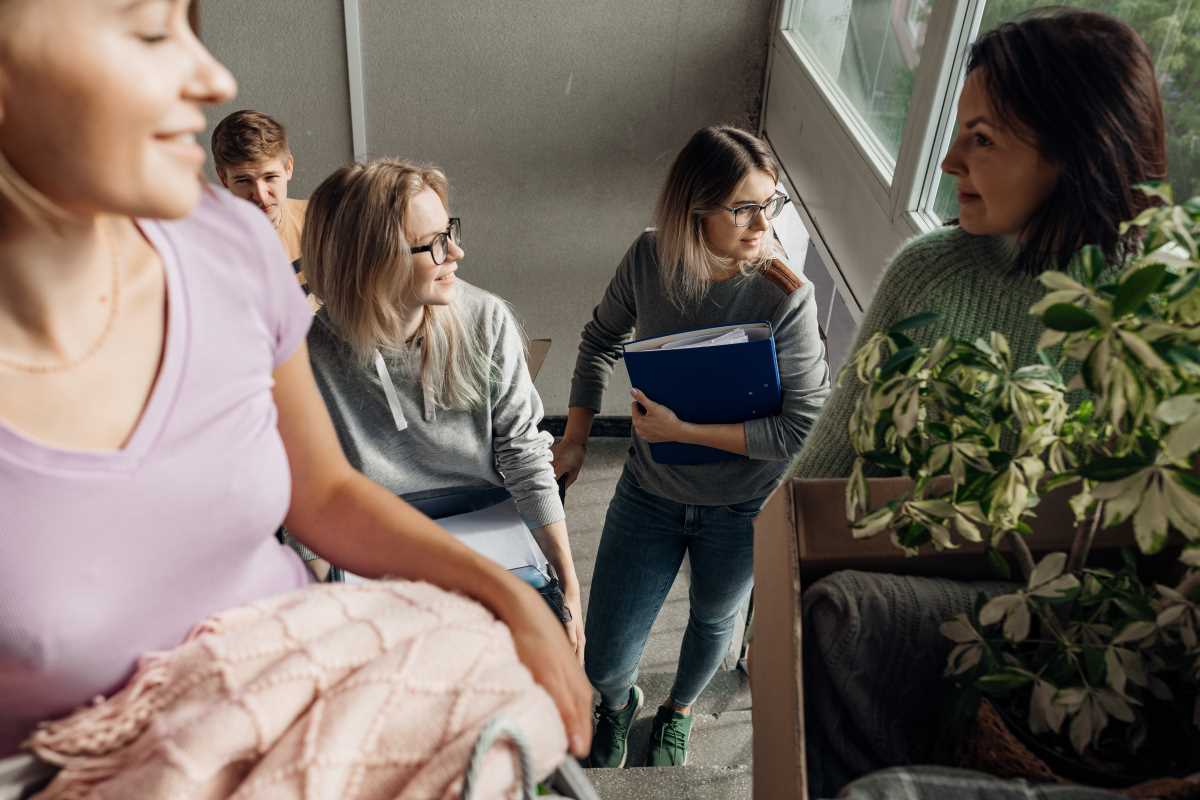Life among shared rooftops, tranquil gardens, and sunlit courtyards often creates a genuine sense of connection. When neighbors greet each other by name, those everyday encounters can turn into meaningful friendships over time. A small act, such as offering homemade bread or pausing for a friendly conversation near the mailboxes, can brighten someone’s day and strengthen the ties within your community. These moments help build an atmosphere where everyone feels welcome, making daily life in a shared space feel more like home. Simple interactions lay the foundation for a neighborhood built on trust, warmth, and a true sense of togetherness.
Jumping into these relationships requires a bit of curiosity and intention, but it pays off in laughter, support, and new interests. Let’s walk through how you can build genuine ties in your community living development so you feel rooted and excited to come home.
Advantages of Social Connections in Community Developments
When people share hobbies, errands, and celebrations close to home, life feels richer. You get informal help—someone watering your plants while you’re away or swapping movie recommendations next door.
Having friends within steps of your front door reduces stress and boosts well-being. A quick coffee chat can brighten your morning, while group workouts or dog-walking buddies make routines more fun.
Designing Common Spaces for Interaction
- Create cozy seating nooks with varied chair heights to invite different age groups and body types.
- Add movable planters so residents can rearrange greenery for impromptu gatherings.
- Install chalkboard walls or community notice boards for people to post events, recipes, or friendly greetings.
- Set up a small tool library shelf where neighbors borrow and return gadgets, sparking casual conversations.
Simple touches—like a community coffee station tucked under a pergola—encourage more eyes on the path and more smiles exchanged. Make it easier to bump into folks by scattering seating rather than clustering it entirely in one corner.
Hosting and Participating in Community Events
- Plan a monthly potluck: Rotate themes such as “Taco Night” or “Global Flavors.” Invite everyone to bring a dish, share recipes, and gather around large tables.
- Start a weekend walking group: Set a consistent meeting spot and time. Pick different routes through nearby parks or city streets to explore hidden gems together.
- Organize skill-swap workshops: From basic bike maintenance to watercolor painting, let residents teach each other and showcase unique talents.
- Coordinate seasonal celebrations: Host a spring planting party or a winter movie marathon in the communal lounge with blankets and hot cocoa.
Getting involved yourself—whether as an event host or helper—breaks the ice for newcomers. When people see you investing time, they feel excited to join and pitch in.
Using Technology to Boost Virtual and In-Person Engagement
Online groups bring neighbors together outside the lobby. Create a private messaging thread or a dedicated social app to share quick updates—like a lost pet alert or an unexpected pizza deal.
Drop a link in your social connections chat to highlight upcoming meetups. Encourage members to post short video walk-throughs of curated bike routes or trivia quizzes for virtual game nights.
Use simple polls to choose the next potluck theme or to see which weekend works best for a courtyard clean-up. That way, planning feels democratic, and participation increases.
Building Diverse Relationships
Talk to neighbors you wouldn’t normally approach. Young families, retirees, remote workers—they all bring fresh perspectives and hidden talents. Offering to babysit for a busy parent or asking gardening tips from a senior neighbor shows you value everyone’s role.
Set up rotating “neighborhood buddy” pairings where two households check in on each other weekly. Over time, these one-on-one connections bridge age gaps and life stages. You might share morning routines with someone decades older or swap streaming show recommendations with a high schooler.
Volunteering for local causes—park clean-ups or food drives—brings different people together behind a shared goal. When you roll up your sleeves side by side, you bond quickly through teamwork.
Small gestures, shared laughter, and conversations build community. Try one new idea this week, like hosting a gathering or upgrading your space, to make your environment feel more like home.
 (Image via
(Image via





